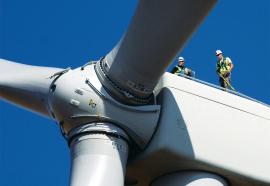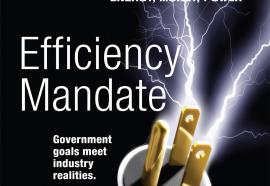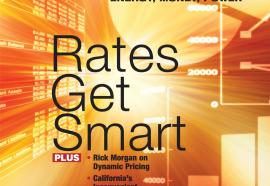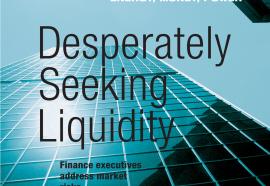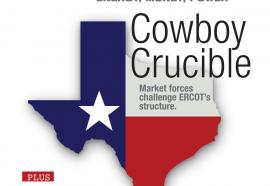CEOs on Change
Utilities adapt to a shifting landscape.
The U.S. utility landscape is more dynamic and uncertain than it’s been since Thomas Edison and George Westinghouse waged their infamous war over alternating current—and the results might be just as fundamental to the industry’s future.



